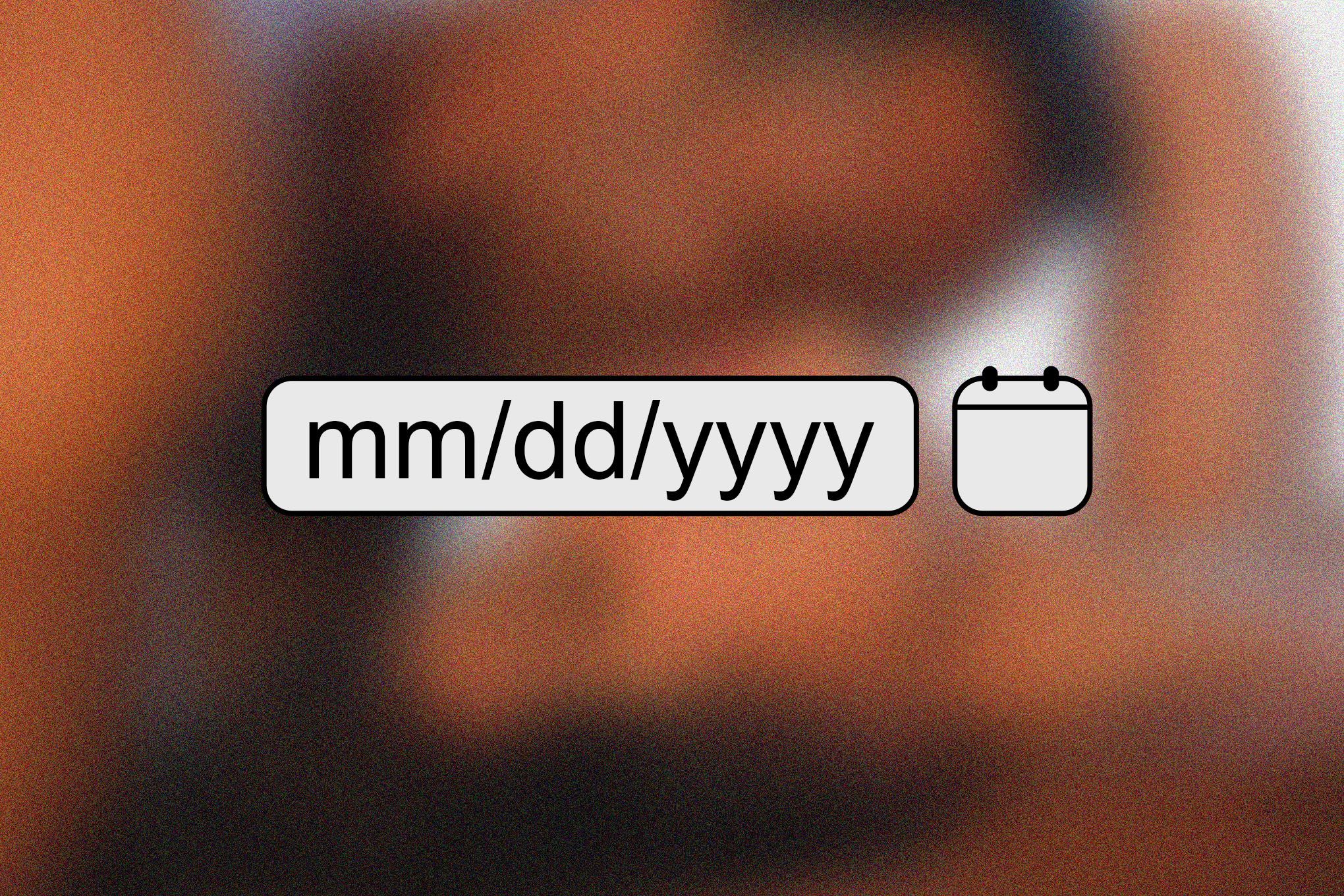New York just fired the first major shot in the national battle over social media age verification. Attorney General Letitia James released proposed rules Monday that would force TikTok, Instagram, YouTube and other platforms to verify users are over 18 before serving algorithmic feeds - or face $5,000 fines per violation. This isn't just another toothless proposal; it's a comprehensive framework that could reshape how millions access social media.
The digital age verification wars just escalated dramatically. Less than 24 hours after New York Attorney General Letitia James published the proposed enforcement rules for the Stop Addictive Feeds Exploitation (SAFE) For Kids Act, tech executives across Silicon Valley are scrambling to understand what this means for their platforms - and their bottom lines.
The rules are surprisingly specific and comprehensive. Any platform where users spend at least 20% of their time on algorithmic feeds must now verify age before serving personalized content to anyone. That threshold directly targets the engagement-driven models that power TikTok, Instagram, and YouTube - platforms that generate billions through precisely the algorithmic recommendations New York now wants to restrict.
"Children and teenagers are struggling with high rates of anxiety and depression because of addictive features on social media platforms," James said in Monday's announcement. But this isn't just about mental health - it's about fundamentally changing how social platforms operate.
Under the proposed framework, unverified users and anyone under 18 would only see chronological feeds or posts from accounts they directly follow. No more AI-curated rabbit holes. No more algorithmic amplification of viral content. And crucially, no notifications between midnight and 6 AM for underage users. The state is essentially forcing platforms to choose between verification systems or dramatically reduced engagement metrics.
The verification requirements themselves reveal the complexity of implementing age checks at scale. Companies can use "a number of different methods" including government ID uploads, but must also offer alternatives like facial recognition scans that estimate age. Meta has been quietly testing similar facial age estimation technology, suggesting the industry saw this regulatory shift coming.
What makes New York's approach particularly aggressive is the enforcement mechanism. The $5,000-per-violation fine structure could quickly scale into millions for platforms with large user bases. A single day of non-compliance across thousands of underage users could theoretically result in penalties that dwarf the typical regulatory slaps on the wrist tech companies have grown accustomed to.
